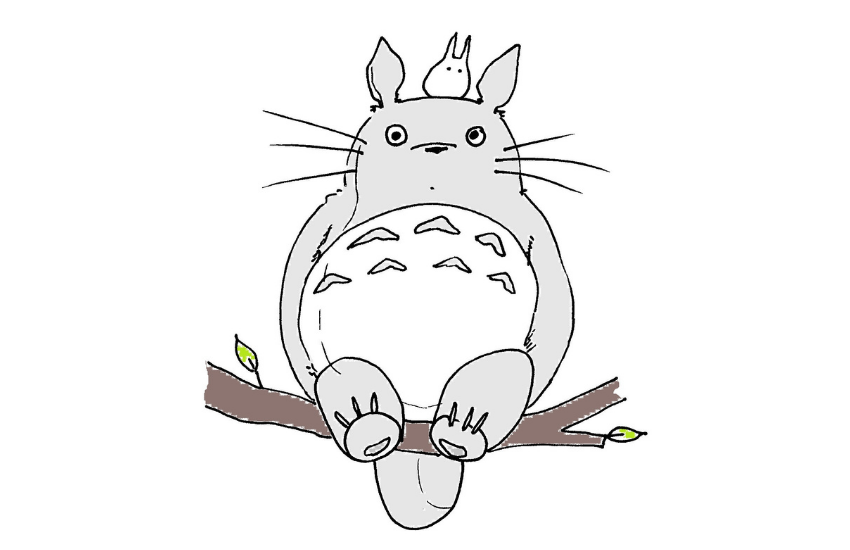No products in the cart.

3 min

Classroom Activities

Admin SEVEN STEPS
Teachers want students to be skilled writers, regardless of the text type or genre. We show them genres such as poetry, report writing and letters, we craft texts to persuade, enjoy fairy tales and all the forms of narrative, collaborate on wikis and practise telling creative stories out loud.
Is it any wonder that sometimes students muddle up the form (a letter) with the focus (persuasion)?


Once through the garden you will be in the wood.
The trees are old. Eyes peer from the under-growth.
Beneath a twisted oak sits an old woman.
She may ask for something; give it to her.
She will point the way to the castle.

A peculiar poem?
‘Instructions’, a poem by Neil Gaiman, is an excellent way to open students’ minds to the power to choose a form (poetry) to achieve a purpose (instructions). You can find the full informative poem on Neil Gaiman’s website
Here’s one way to use it in writing class:
- Show students the poem and ask – what is this text form? What does it look like? Hopefully other poems will come to mind.
- Point out the title, ‘Instructions’, and ask students what they expect the author intends to do (give instructions, tell you how to do something).
- Now read the poem with the class. It’s a lovely mind-game that gradually reveals itself as instructions for a character, the hero or heroine. It explains ‘How to Operate a Fairy Tale’, but in poetic form.

Fairy tale instructions
What do students think: will the informative poem help an aspiring hero or heroine get through a fairy tale safely?
- What other advice would students provide?
- Ask students to suggest another title for the poem.
- Read the poem again, sharing thoughts about fairy tales it brings to mind.
The trees are old. Eyes peer from the undergrowth.
Can students think of any magical forests? What about in Hansel and Gretel, Red Riding Hood, Beauty and the Beast? Or in chapter books and films such as The Hobbit, Deltora Quest, and My Neighbour Totoro? And what about the Forbidden Forest at Hogwarts?
- If time permits, explore this annotated version of the informative poem, which provides a few crowd-sourced thoughts about what these instructions are intended for, and how they expose the conventions of fairy tales


Responding to ‘Instructions’
- Assemble a box of the suggested fairy tales and stories and allow free reading time to browse the fairy tale genre.
- Enable students to annotate the informative poem with their own selection of fairy tales that prove the instructions are true.
- Fairy tale forests are nearly always old, mysterious, powerful and wild. Provide art materials for students to make forest masks and devise dialogue: What would an old, mysterious tree say? Is it wise, threatening, helpful or just plain strange? Would old trees use modern words to greet the main character (‘Hi there!’) or older words (‘Greetings’)?
- Students could choose one or more lines from the informative poem to illustrate as a poster or comic strip – a moment from their own or a favourite fairy tale.

Read more:
Forest Fairy Tales: Rediscovering the Art of Storytelling, by Jules Miller
Enchanted Forest, a Wikipedia page with links to many fairy tales and narratives, classic and modern
You can learn more about teaching narrative, informative and persuasive writing at a Workshop One: Seven Steps to Transform Writing.

Workshop One: Seven Steps to Transform Writing
Your perfect start to teaching the Seven Steps
Learn how to break down writing and build up student confidence.






